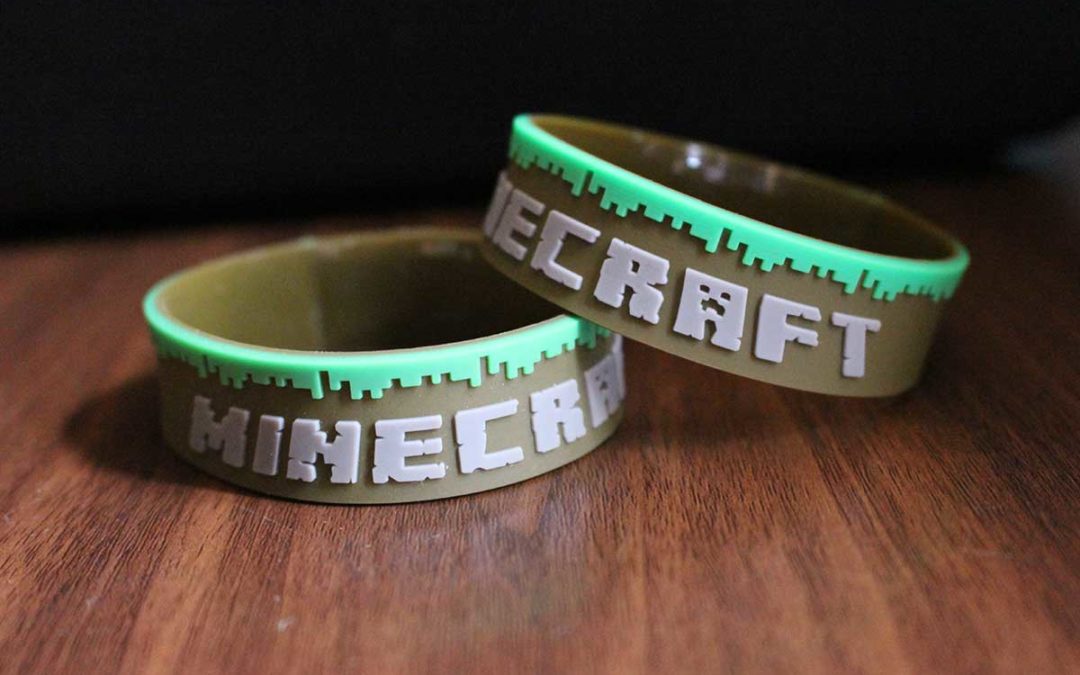Have you heard of embossed or debossed products? Embossing and debossing are a couple of methods used in printing images onto leather, paper, or vinyl products. This article talks about the differences between the two printing techniques.
What is Embossing?
Embossing involves pressing an image onto a material and causing that image to be raised. First, a template of the image is made from a metal die as well as a counter-die that is made from either magnesium, copper, or brass. Magnesium is the weakest metal among the three and is therefore used for simple, one-time printing. Copper, meanwhile, can be used for several impressions but is not as effective as brass for multi-level printing. Brass, although more expensive than copper, is stronger and can be used repeatedly for a long time.
Secondly, the material is placed between the metal die and the counter die. Using a heat press, the image is imprinted onto the leather, paper, or vinyl material. The final product is a smooth, raised image that is an exact copy of the original. If no ink is used, the process is called “blind embossing.” On the other hand, if you add colored ink into the process, this may be referred to as “color register embossed printing.”
What is Debossing?
In contrast, debossing is the opposite of embossing. In debossing, the resulting image is not raised — rather, it is pushed down onto the material. The process is still quite similar to debossing, in that magnesium, copper, and brass dies are also used. However, instead of raising the design area itself (as in embossing), debossing entails raising the material “around” the design.
Just like embossing, debossing involves several different methods — either screen printing or foil stamping. In screen printing, the image is printed first onto the material, and then the outline of the image is “debossed” using a die. Meanwhile, in foil stamping, a special die is used in both transferring the foil to the material and debossing the area.
Compared to embossing, debossing is actually a less complicated process. When it is combined together with silk-screen printing, the final product is a detailed and colorful image.
Embossed and Debossed Products as Gifts
Both embossing and debossing result in elegant and permanent designs that can be imprinted onto various products. If you are thinking about the perfect gift for your family, friends, or colleagues, consider giving them leather journals or notebooks imprinted with their favorite designs!

